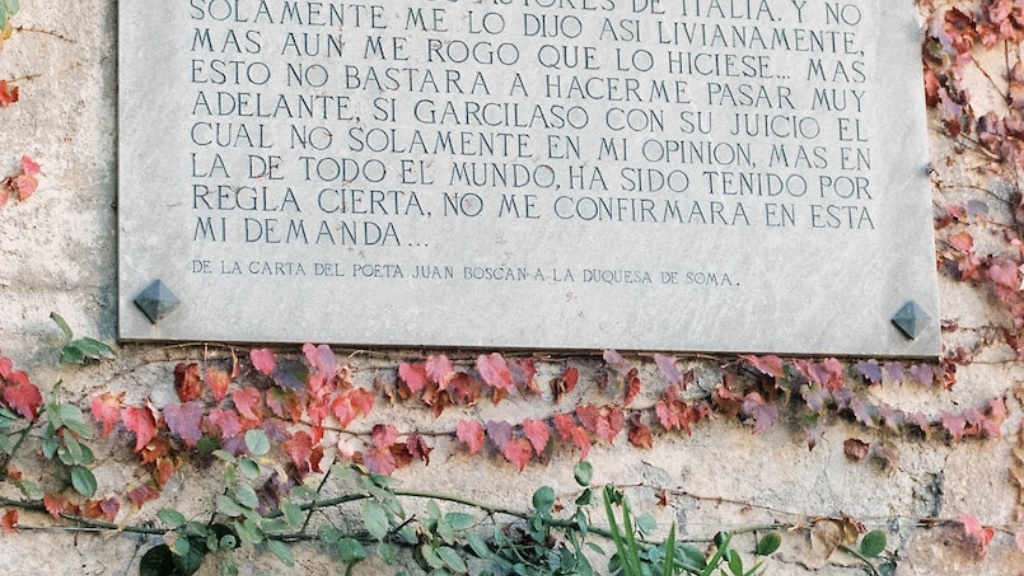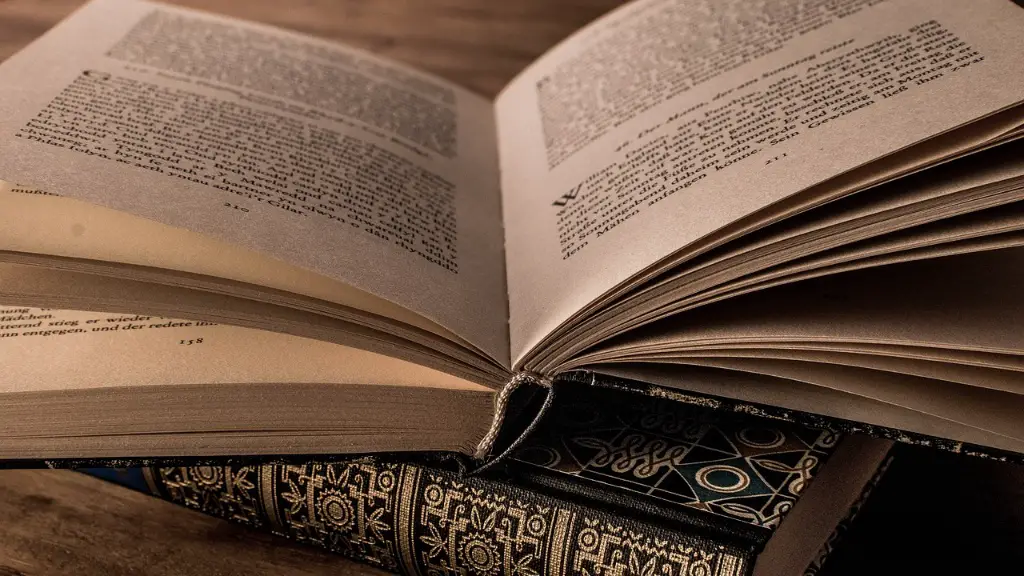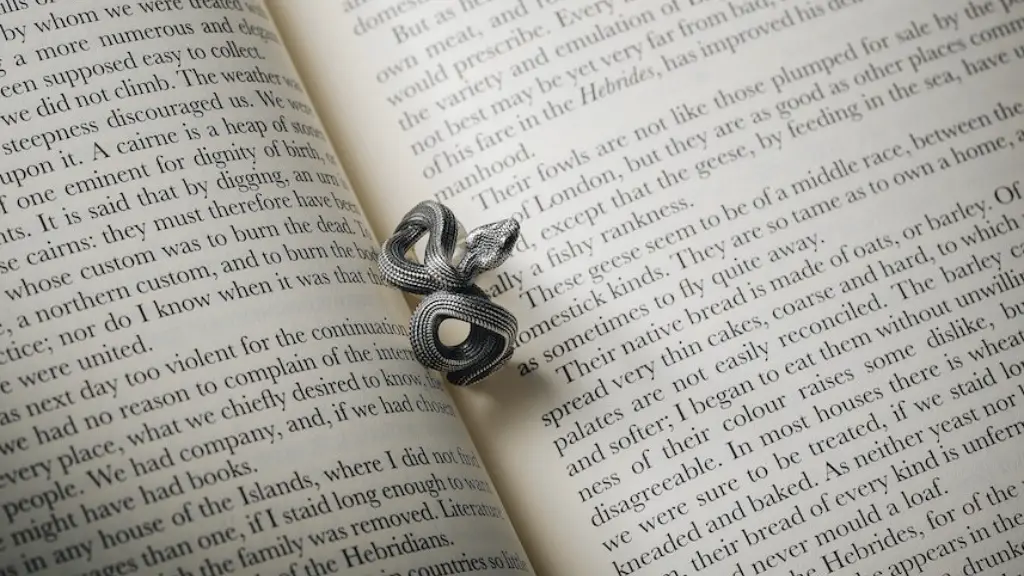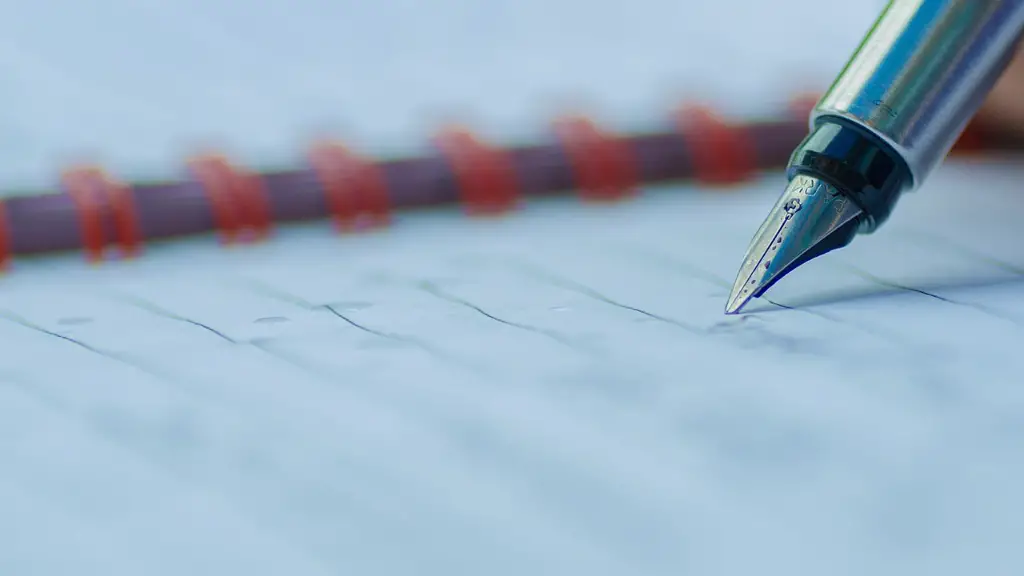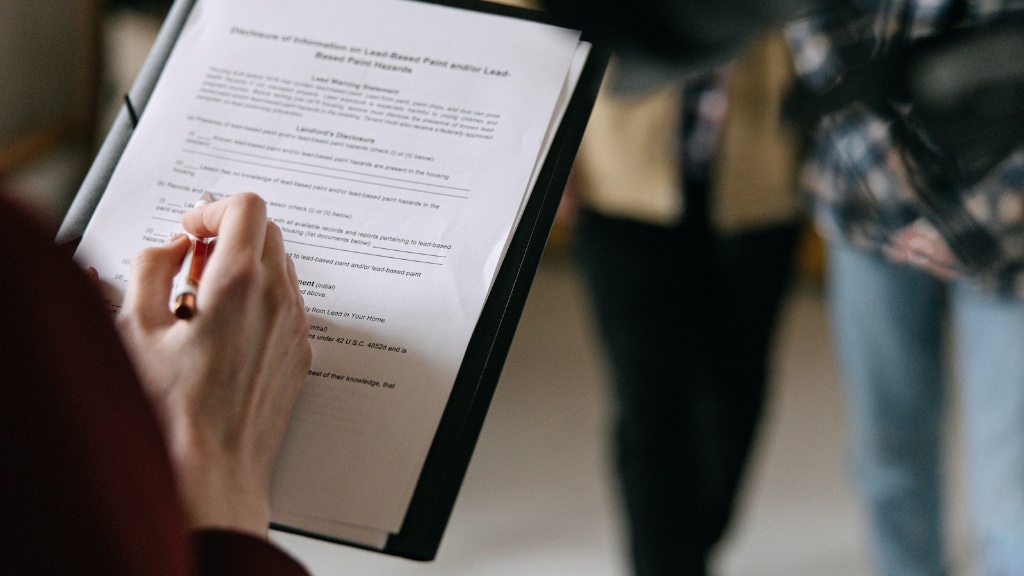Poetry is an art form that communicates deep emotions, thoughts, ideas and feelings in a structured form. It is often used in literature to convey emotion, set mood, or to paint a vivid image in the reader’s mind. It can be incredibly powerful, and when used effectively can be a powerful tool for conveying meaning and making an impact on the reader. Understanding the fundamentals of poetry and the four elements of it are essential for successful writers.
Rhythm and meter are two of the most important element in poetry. Rhythm is the regular recurrence of stressed and unstressed syllables, while meter is the arrangement of these syllables in a line. Poets use these elements to create a sound that is pleasing and evocative to the reader. Rhythm and meter are what give a poem its unique voice, and can be used to express geography, personality, and emotion.
Imagery is the third element of poetry. Imagery refers to the use of words to create vivid images, invoke smells or textures, or suggest a certain mood. Poets use imagery to transport readers to a certain place or moment. This can be used to communicate an emotion, evoke sympathy, or even to tell a story.
The fourth element of poetry is form. Form refers to how a poem is structured. Most poetry adheres to some kind of formal structure such as a sonnet, haiku, sestina, villanelle, or free-verse. Each form has its own specific rules and conventions which are used to create a unique and powerful effect on the reader.
Expanding on the Topic: Structure
Structure is one of the most important elements of poetry, and understanding the different forms and rules of each structure can help enhance and strengthen the impact that a poem has on its audience. Most poems consist of three elements of structure: meter, rhyme, and line length. Meter refers to the rhythm of a poem, the pattern of stressed and unstressed syllables. The types of meter used will depend on the type of poem being written, for example a haiku will have a different type of meter than a sonnet. Rhyme is the repetition of ending words and is often used to add a sense of completeness and unity to a poem.
Line length is another important component of structure in a poem. Poets use line length to emphasize certain words or ideas, and to create different kinds of rhythms. Short verses create a faster paced rhythm, while longer verses contain more detail and often create a slower, more powerful impact. When combined with other structural elements, line length can be used to create a unique and powerful effect on the reader.
In addition to these structural elements, many poems also employ specific techniques such as metaphors and similes to create vivid images and evoke emotions in the reader. Other techniques include alliteration, assonance, and repetition which help create a strong and memorable poem. By understanding the different structural elements and techniques of poetry, writers can create powerful and meaningful works of art.
Expanding on the Topic: Imagery
Imagery is the use of words to create a vivid picture in the reader’s mind. Poets use imagery to evoke a specific emotion or feeling in the reader. This can be used to communicate an idea, tell a story, or communicate a strong emotion. Imagery can also be used to describe the setting or mood of a poem. When used effectively, imagery can be a powerful tool for conveying emotion and making an impact on the reader.
Imagery can take many forms, and the types used will depend on the type of poem being written. Some common types include poetic descriptions of a situation, metaphors, and similes. Poetic descriptions of a situation use vivid images to create a powerful effect on the reader. Metaphors and similes are used to compare two different things to create a more vivid image in the reader’s mind. All of these techniques can be combined to create a strong and powerful image in the reader’s mind.
In addition to imagery, poets often employ other techniques such as rhyme, alliteration, assonance, and repetition to create a certain rhythm or evoke certain emotions or ideas. By combining all of these techniques, poets can create vivid and powerful images in the reader’s mind that will stay with them long after they have finished the poem.
Expanding on the Topic: Sound
Sound is an important element of poetry. Poets use sound to create rhythm and evoke certain emotions or ideas. Sound can be used to create a certain tone or mood, to emphasize important words, or to create a sense of unity in a poem. Sound is created by the meter, rhyme, and alliteration, and poets use these tools to create a rhythm that is pleasing and evocative to the reader.
The specific sound in a poem will depend on the type of poem being written and the style of the poet. For example, the meter of a haiku will be different than the meter of a sonnet. The type of rhyme used can also create a different effect. The use of alliteration or assonance can also create a certain feeling or tone in a poem.
Sound can be used to create a certain mood or atmosphere in a poem. Depending on the tone being created, a poet can use different sounds to invoke a certain mood in the reader. All of these elements of sound can be used to create a powerful and evocative poem that will stay with the reader.
Expanding on the Topic: Meaning
Meaning is an important element of poetry. Poets use meaning to convey a certain message or idea to the reader. The way in which meaning is conveyed will depend on the type of poem being written and the style of the poet. Meaning can be communicated through imagery, symbolism, or metaphor. These tools can be used to create a vivid image in the reader’s mind or to evoke an emotion or idea.
The choice of words used to communicate meaning will also depend on the type of poem being written and the style of the poet. Choosing the right words to communicate a certain meaning can be difficult, but when done properly can create a powerful and meaningful poem. When all of these elements are combined, a poem can be created that conveys a powerful and meaningful message.
Meaning is often used to convey an emotion or idea to the reader. Poets use feeling and emotion to evoke a certain reaction in their audience and to communicate a specific message. By understanding the different aspects of meaning in a poem, writers can create powerful poems that will stay with the reader long after they have finished reading.
